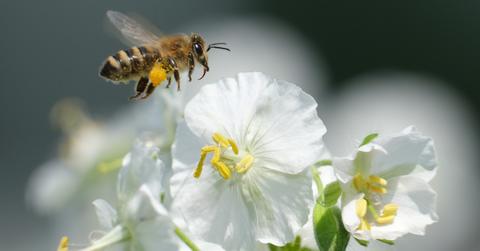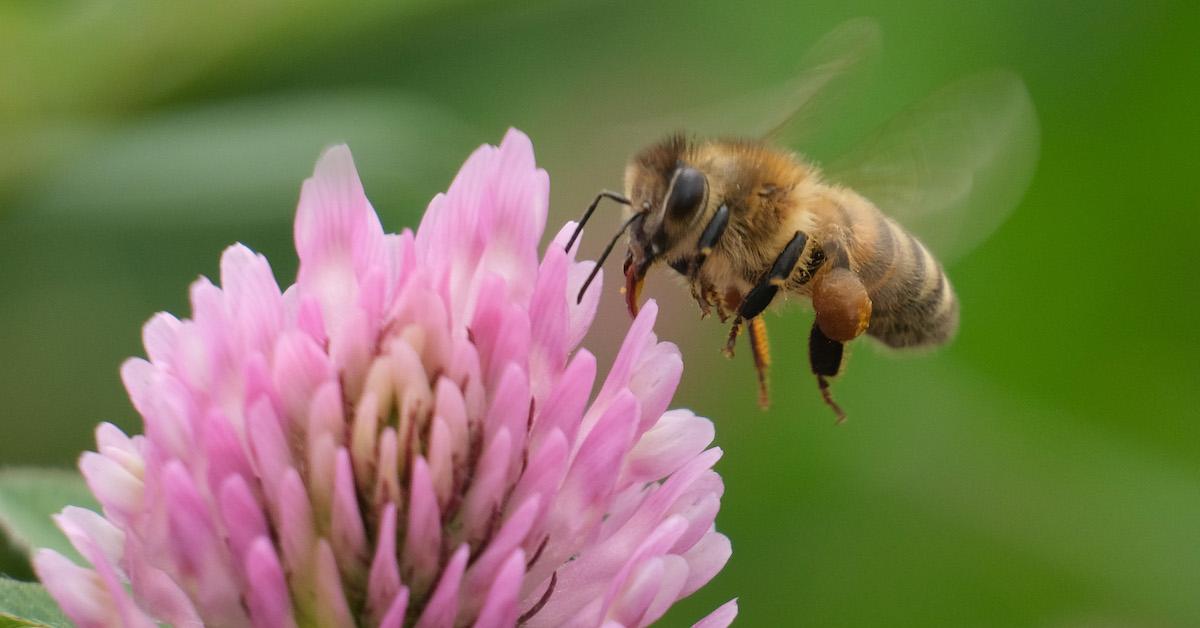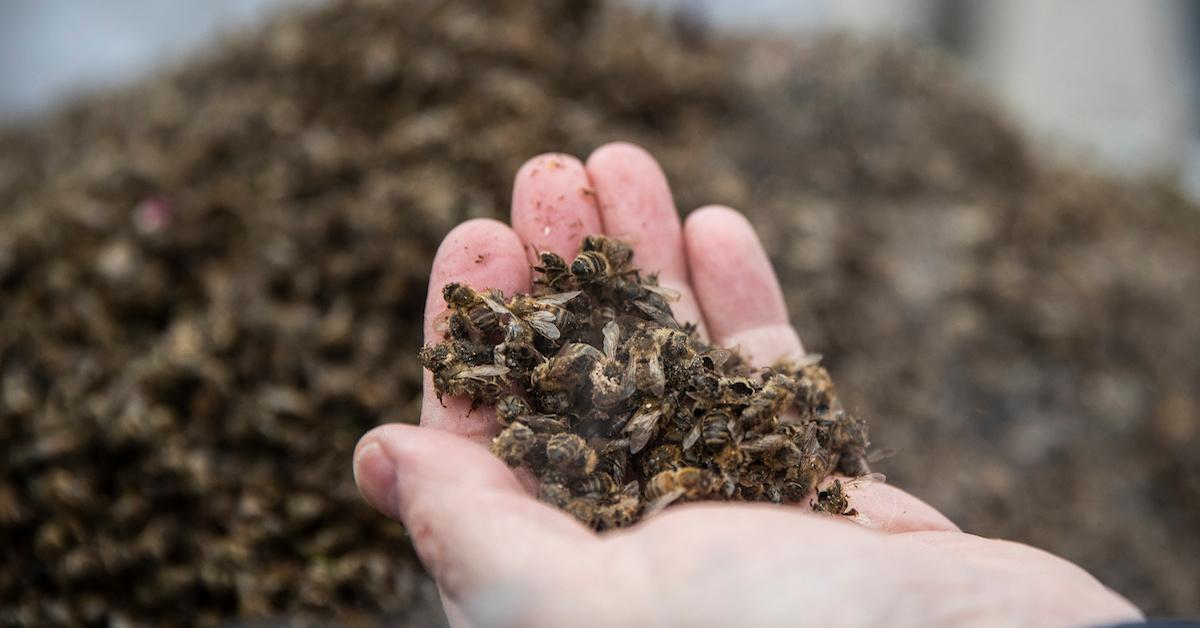Which Bee Species Are Endangered — and How You Can Help
Published June 16 2021, 2:35 p.m. ET

No matter who you talk to these days, it seems like everyone knows that the bees are in trouble. Bees play a crucial part in our ecosystem, acting as pollinators for everything from alfalfa to zinnias. Sadly, thanks to a combination of human-caused factors, more than a few bee species are seriously in danger of going extinct. But what kinds of bees are endangered? And what can we do to fix the problems that led them to this point in the first place?

What kinds of bees are endangered?
According to AGDaily, there are only a total of eight bee species listed on the endangered species list. The first seven are a collection of Hawaiian yellow-faced bees that found their way onto the list in 2016: Hylaeus anthracinus, Hylaeus longiceps, Hylaeus assimulans, Hylaeus facilis, Hylaeus hilaris, Hylaeus kuakea, and Hylaeus mana, as per ScienceAlert. The eighth endangered bee species is the rusty patched bumblebee.
Like so many other animals relegated to endangered status, these eight species are on the list due to habitat loss, invasive species, and in some cases, natural disasters, yet the root causes behind all of these can be easily laid at humanity’s feet. Meanwhile, honeybees, carpenter bees, other bumblebee species, ground-dwelling bees, and other divergent species, do not appear on this list — at least, they aren’t on there just yet.
Are other bee species headed for extinction?
According to ScienceDirect, nearly 40 percent of the world’s insect species are presently in decline. Many of these arthropods can trace their origins back to the dawn of time. They survived for millions of years, outliving larger, more durable creatures, and yet today, insects are facing extinction rates eight times higher than vertebrate species.
This mass and miniature extinction is worse in some places than in others. ScienceDirect reports that German scientists have recorded losses of 75 percent of total insects within Germany itself, specifically in protected areas. Yet while not every bee in the world is rare enough to be considered “endangered,” many populations are in decline.
Cornell University and the American Museum of Natural History recently came together to chart the decline of the 438 bee species across the eastern U.S. Though they only had enough historical data on 187 of those species, trends over the last 140 years indicate that 49 of the bee species located in New York were considered potentially threatened.
Why are bees endangered?
The widely-held belief is that bees are going extinct due to a combination of habitat loss, poisoning, and something called colony collapse disorder. According to AGDirect, colony collapse disorder is the largest issue when it comes to honeybees, and most experts agree that the mites, poisoning, and sterilization occurring within bee colonies are all caused by humans.
Large farming concerns and chemical manufacturers like Monsanto are also likely to blame for the issues facing the industrious bee because the toxins in their herbicides and fertilizer might be affecting how bees small, navigate, pollinate, and breed.

What can we do for bees?
According to The Bee Conservancy, there are several ways that we can help the bees, even in our own backyards. Start by planting fruits and flowers that bees are drawn to collect pollen from. Find out what bee species live nearby and educate yourself about their favorites. These bee gardens are also a great way to liven up a backyard and attract other animals like hummingbirds.
You can also build bee boxes near the bee-friendly blooms so that the bees don’t have far to range. How about a bee bath? You could make a bee bath as well, just put a small plate full of water and tiny stones somewhere near the bee boxes to give the bees a place to land and drink without falling in.
At the same time, avoid using any synthetic pesticide, herbicide, or fertilizer that might affect your newfound bees. Try using organic compost as fertilizer or finding natural bee repellents to keep them in the garden and away from the patio. If you still want to do more, look outside your yard. There are plenty of bee conservation charities that would be grateful for a donation of your time and/or money.